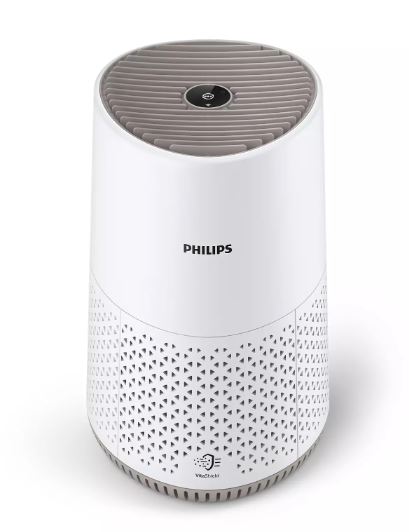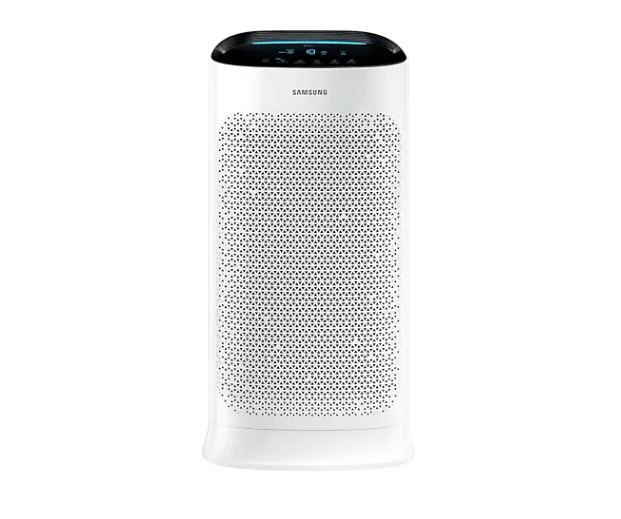Do Air Purifiers Really Work? Separating Fact from Fiction
Do Air Purifiers Really Work? Separating Fact from Fiction
Blog Article
In today's health-focused society, the quality of the air we breathe has become an increasingly important consideration for individuals across the globe. With growing concerns over air pollution and a better understanding of the effects of indoor pollutants on our health, it's no surprise that the air purifier industry is experiencing tremendous growth.
Air purifiers are machines that remove contaminants from the air in a room, improving indoor air quality. They are particularly beneficial for individuals suffering from allergies, asthma, and respiratory conditions as they can drastically decrease the levels of allergens, pollutants, and irritants in the air. For those without respiratory concerns can take advantage of air purifiers, as they give added assurance and protect against airborne pathogens.
This guide will explore in detail the intriguing world of air purification, exploring their benefits, the different types available, crucial aspects to think about when selecting the right model, and optimizing your purifier's performance. By the end, you should have a comprehensive understanding of air purifiers and be able to decide confidently about whether investing in one is the best option for your household.

Decoding Air Pollutants and Their Influence on Health
To appreciate the value of air purifiers, it's essential to grasp the types of pollutants they target and the potential consequences of exposure to these contaminants.
Indoor air pollutants can be broadly categorized into three main types:
- Particulate Matter: This includes solid particles and liquid droplets suspended in the air. Examples include smoke, dust, pollen, pet dander, and mold spores. Particulate matter can cause respiratory issues and trigger allergic reactions.
- Understanding Volatile Organic Compounds: VOCs are gases released by solids and liquids. Sources of VOCs include aerosol sprays, cleaning products, paints, and pesticides, among others. Exposure to VOCs can lead to eye, nose, throat irritation, headaches, and stomach discomfort.
- Understanding Biological Contaminants: These include various microorganisms, including bacteria, viruses, mold, and mildew. They can cause a range of health issues, from minor allergies to serious infections.
The consequences of exposure on human health can greatly vary. For people with respiratory issues or a vulnerable immune system, exposure to indoor air pollutants can lead to serious health issues. Even for healthy people, prolonged exposure over time to certain pollutants can increase the risk of respiratory conditions and other health concerns over time.

How Air Purifiers Work
Air purifiers use a combination of physical and chemical processes to capture and remove pollutants from the air. Understanding the basic mechanisms employed by purifiers will help you grasp how they work and the array of models on the market.
Here are the primary mechanisms and innovations used in air purifiers:
- Filtration Excellence: This is the most common method used in air purifiers. It involves using filters to trap particles as air is passed through the filtration system. The filter composition can differ, each designed to trap particular particle types. For example:
- Pre-filters: These are usually the first line of attack, trapping bigger contaminants like hair and dust.
- HEPA Filters: The Gold Standard: HEPA filters are exceptionally efficient at trapping tiny particles, including bacteria, viruses, pollen, and dust mites. To be labeled a genuine HEPA filter, it must capture at least 99.97% of particles as small as 0.3 microns.
- charcoal filtration: These filters are designed to adsorb odors, VOCs, and gaseous pollutants.
- Ionizers: Charging Ahead: Ionizers use electrical charges to create ions with a negative charge, which attach themselves to particles in the air. The particles become charged, causing them to stick to surfaces or the purifier.
- Ozone: A Powerful Purifier: Some air purifiers use ozone as a powerful cleaning agent. While effective, ozone can also be harmful to human health so these types of purifiers should be used with moderation and in well-ventilated areas.
- Ultraviolet (UV) Light: UV light can be used to neutralize bacteria, viruses, and mold spores. UV light and filters: a dynamic duo to eliminate particles, while UV light ensures any remaining biological contaminants are destroyed.
The Ultimate Air Purifier Guide
With a wide array of options available, selecting the ideal air purification system can be a daunting task. It's important to consider several factors to ensure you make the best decision for your unique requirements and space.
Here are some essential factors to weigh:
- Considering Room Size: Air purifiers are typically designed for specific areas, so it's important to choose a model that can efficiently purify the air in the designated space. Most purifiers will list a suggested room size or CADR rating, which indicates the rate at which it can deliver clean air.
- Understanding Contaminants: Identify the types of pollutants you want to target. If you suffer from allergies, look for a purifier with a true HEPA filter. For reducing unwanted smells, consider a model with a carbon-based filter. If you're concerned about viral and bacterial threats, a purifier with UV-C light might be best.
- Noise Level: Air purifiers can produce varying levels of noise, so if you plan to use it in a serene environment, look for models with a quiet mode for undisturbed rest.
- Long-term Considerations: Consider the long-term expenses and upkeep of the purifier. HEPA filters generally require replacement every 6 to 12 months, depending on use and environmental factors. Include filter replacement costs in your calculations when making your choice.
- Additional Features: Many purifiers offer intelligent features like wireless connectivity, air quality sensors, and smart modes, allowing convenient remote access and monitoring. These features can enhance the convenience and effectiveness of your purifier.
Unlocking the Full Potential of Your Air Purifier
Once you've made your selection and installed it, there are several things you can do to ensure it operates at peak performance and delivers the optimal results:
- Place it in the Right Location: Position your purifier in an central location, free from obstacles, to ensure efficient air circulation. Avoid placing it near external openings as drafts can interfere with its performance.
- Round-the-clock Operation: For the best results, it's recommended to run your purifier around the clock. Many models have automatic or low-power settings that adapt to the air quality, so you can maintain healthy air quality while conserving energy.
- Maintain the Filters: Regularly adhere to the recommended filter replacement schedule. Over time, filters become saturated with particles, affecting efficiency. Mark the date of replacement on your calendar so you don't forget.
- Reducing Indoor Contaminants: Alongside using an air purifier, take steps to minimize indoor air pollutants. This could include vacuuming, dusting, choosing natural cleaning alternatives, and limiting aerosol and chemical products. Report this page